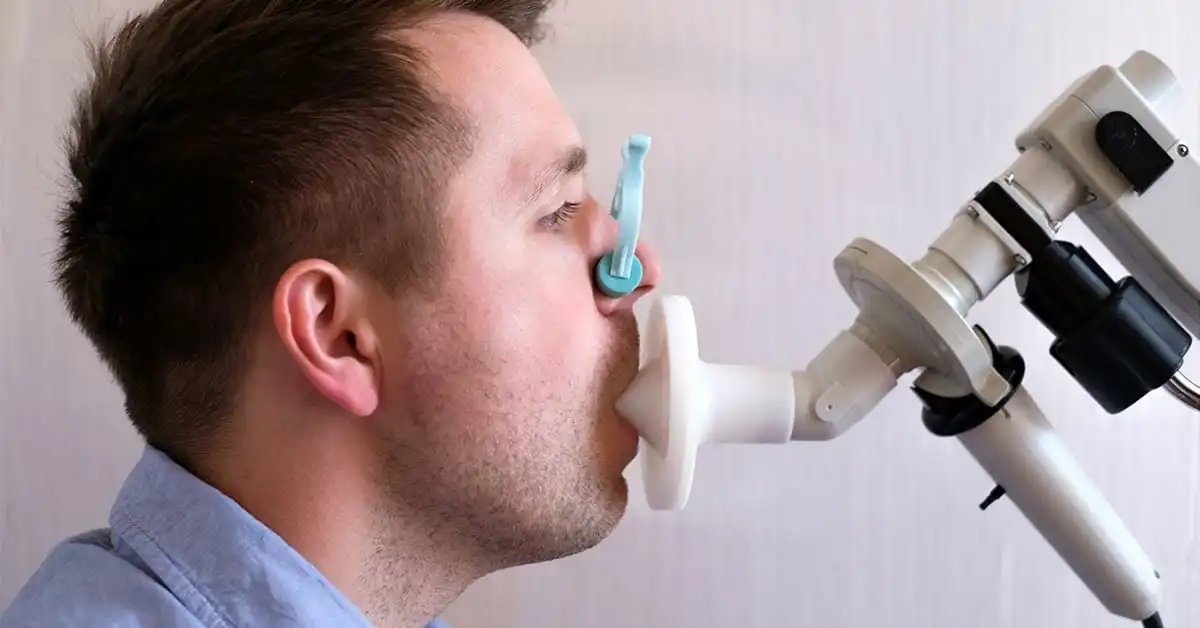- Home
- Departments
Departments Of Breath Tests
Breath-TestsBreath tests are non-invasive diagnostic procedures used to detect various medical conditions by analyzing the composition of exhaled breath. These tests rely on the principle that certain compounds or gases produced by the body can be detected in the breath and may indicate specific underlying conditions.
One common type of breath test is the hydrogen breath test, which is used to diagnose conditions such as lactose intolerance, small intestinal bacterial overgrowth (SIBO), and carbohydrate malabsorption. During this test, the patient ingests a specific substrate, such as lactose or glucose, which is then metabolized by bacteria in the digestive system. If these bacteria are present in abnormal quantities, they produce excess hydrogen gas, which is absorbed into the bloodstream and eventually exhaled. By measuring the levels of hydrogen in the breath over time, healthcare providers can assess the efficiency of carbohydrate digestion and absorption in the intestines.
Another type of breath test is the urea breath test, which is used to detect the presence of Helicobacter pylori (H. pylori) bacteria in the stomach. H. pylori is a common bacterial infection associated with peptic ulcers, gastritis, and other gastrointestinal conditions. During the urea breath test, the patient ingests a small amount of urea labeled with a specific isotope. If H. pylori bacteria are present in the stomach, they produce an enzyme called urease, which breaks down the urea into carbon dioxide and ammonia. The carbon dioxide is absorbed into the bloodstream and exhaled in the breath, where it can be detected and measured using specialized equipment.
Breath tests offer several advantages over traditional diagnostic methods, including their non-invasive nature, ease of administration, and relatively low cost. They provide valuable information about the function of the gastrointestinal tract and the presence of certain bacterial infections, helping healthcare providers make accurate diagnoses and develop appropriate treatment plans for their patients.

